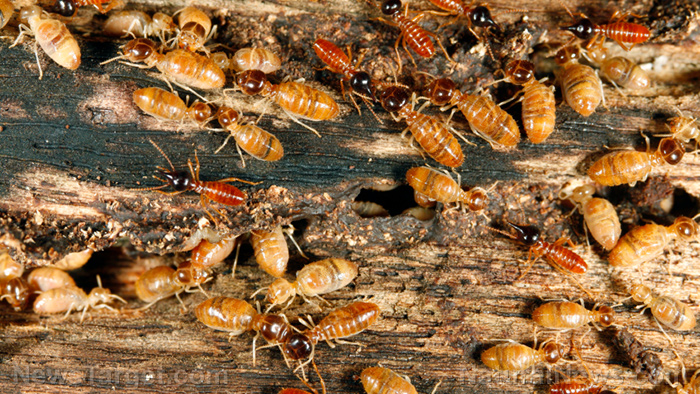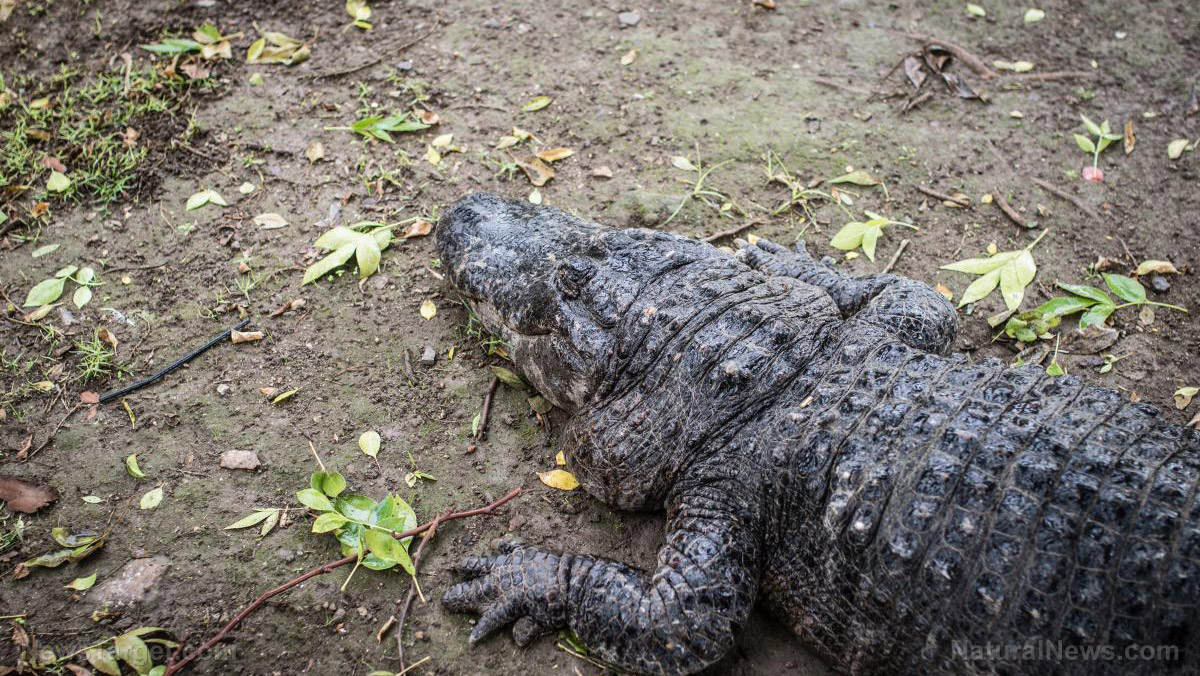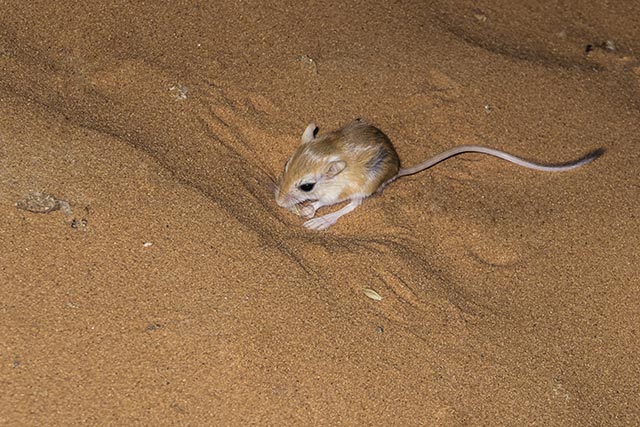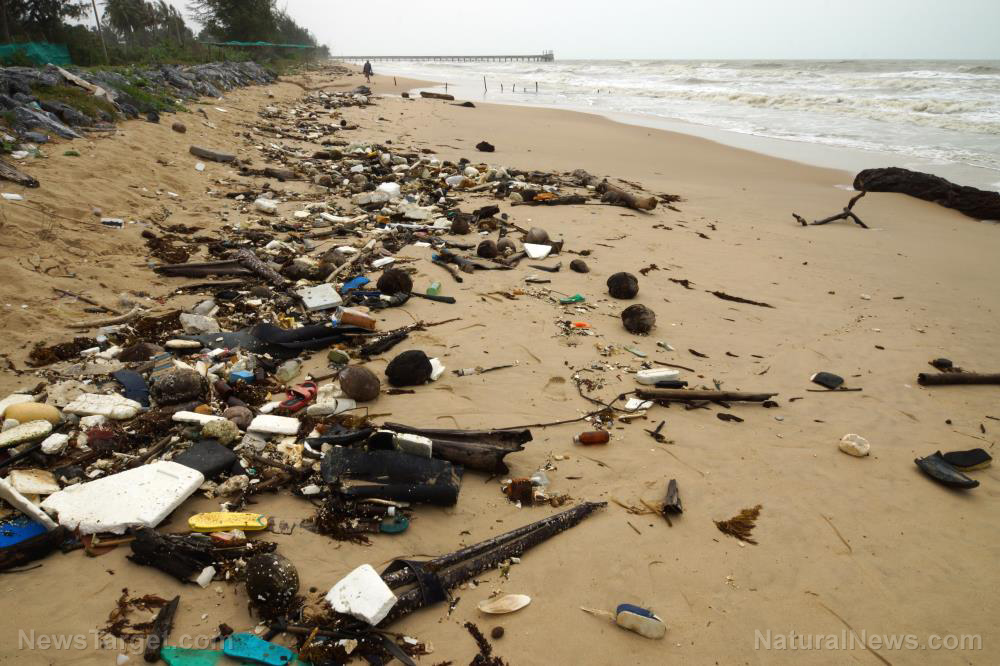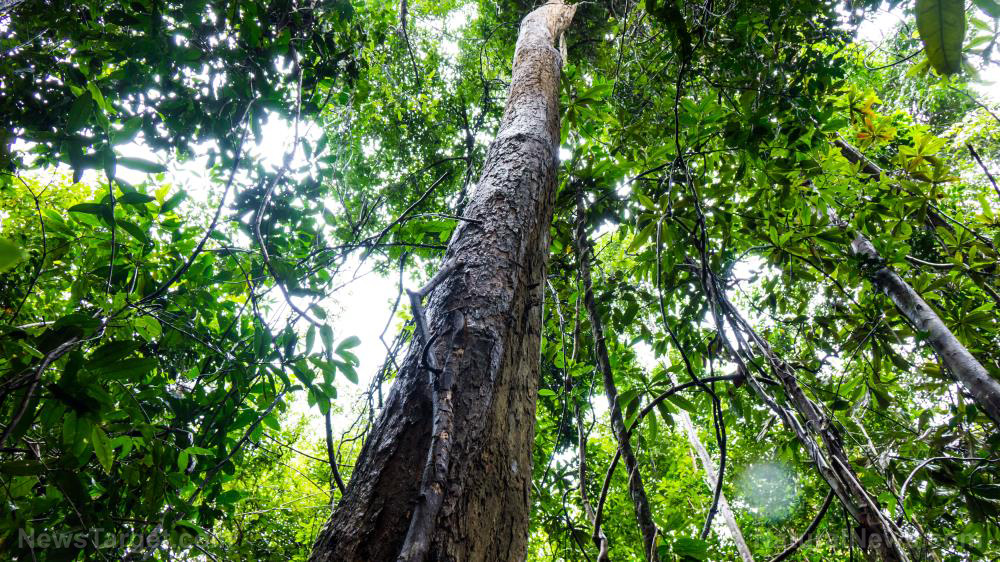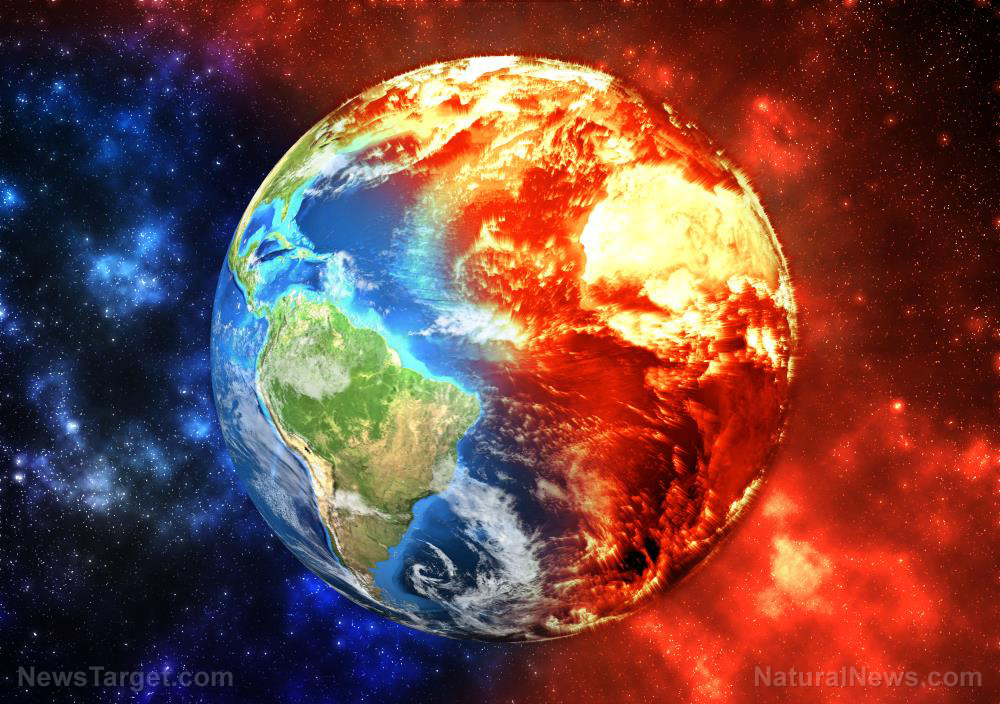Ancient rocks provide new clues on how volcanoes caused “biggest mass extinction” ever
09/16/2019 / By Edsel Cook

Volcanoes could have caused the worst mass extinction on Earth. According to researchers from the University of Cincinnati (UC) and the China University of Geosciences (CUG), the most reliable evidence for this outcome comes from a recent mercury discovery buried in layers of ancient rock.
The event, known as the Permian-Triassic (P-T) extinction, took place 252 million years ago and lasted for hundreds of thousands of years. Dubbed “the Great Dying,” it killed off more than 95 percent of life on Earth, including species that had survived earlier mass extinctions. It also ushered in the age of the dinosaurs.
For the study, the team visited sites around the world. They found spikes of mercury in the rock layers formed during the time of the P-T extinction event. They theorized that the heavy metal came from coal deposits that got set on fire by volcanic eruptions.
“Volcanic activities, including emissions of volcanic gases and combustion of organic matter, released abundant mercury to the surface of the Earth,” explained CUG researcher Jun Shen.
The world-ending event took place in the Siberian Traps, a volcanic system in modern-day central Russia. Most of the outbursts came from massive fissures that erupted frequently and for long periods.
Conveniently, the UC-CUG researchers found fossilized teeth of conodonts in the same geologic layer as the mercury deposits. They used the fossils to determine the date of the rock and the heavy metal. (Related: Due to extreme pollution of the world’s oceans, sea anemones are now eating microplastics.)
Constant eruptions led to mass extinctions
Experts say that the Siberian Traps eruptions released three million times the amount of volcanic material spewed by Mount St. Helens during its 1980 explosion. The latter volcano is in Washington, but its ash reached as far as Oklahoma.
Three million cubic kilometers worth of volcanic ash in the atmosphere made the Earth hotter by 50 degrees Fahrenheit (10 degrees Celsius). Species that failed to adapt to the sharp spike in temperatures would have died off.
The temperature changes affected water environments even worse than terrestrial ones. Warmer waters contained lower levels of dissolved oxygen, leading to many more “dead zones” that could not support marine life.
The volcanic ash in the skies also led to acid rain that would have rendered numerous freshwater bodies uninhabitable and increased the acidity of the Earth’s oceans.
The Siberian Traps kept erupting for hundreds of thousands of years, which placed intense pressure on the environment and prevented it from recovering.
In turn, the barely hospitable environments hindered the recovery of surviving animal species and populations due to lack of food, habitat, and oxygen. Biodiversity took a long time to come back from the planet-wide effects.
How the past can help future studies
Researchers know of five mass extinctions that took place on Earth. The most familiar extinction event is the one that killed off the dinosaurs and their kin 65 million years ago.
Earlier studies looked for the presence of the element iridium to determine the culprit behind the extinction of the dinosaurs. Current evidence suggests that a giant asteroid impact in modern-day Chicxulub, Mexico killed off the T-rex and other prehistoric species. In a similar vein, Shen said that the mercury in the Permian-Triassic boundary layer offers evidence that the volcanic eruptions in the Siberian Traps might have caused the P-T mass extinction event.
“A majority of biologists believe we’re at the cusp of another mass extinction — the sixth big one,” warned UC researcher Thomas Algeo. “What we should learn is this will be serious business that will harm human interests so we should work to minimize the damage.”
See Extinction.news for more news reports on mass extinction events.
Sources include:
Tagged Under: animals, asteroid impacts, biodiversity, disaster, Earth sciences, Ecology, environ, environment, extinction, Extinction Event, geology, marine life, mass extinction, Oceans, research, sixth mass extinction, volcanic ash, volcanic eruptions, volcanoes
RECENT NEWS & ARTICLES
COPYRIGHT © 2017 ECOLOGY NEWS





